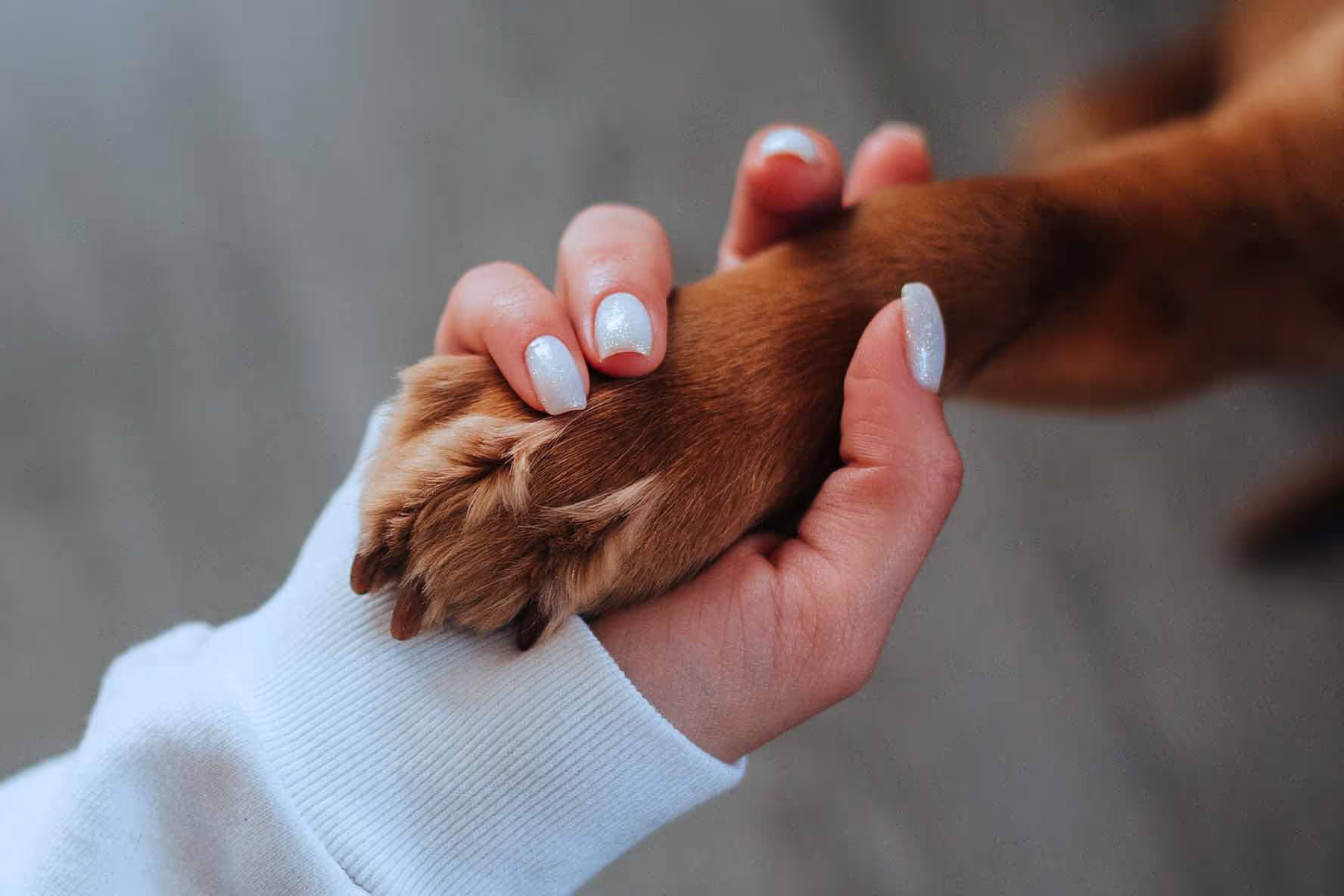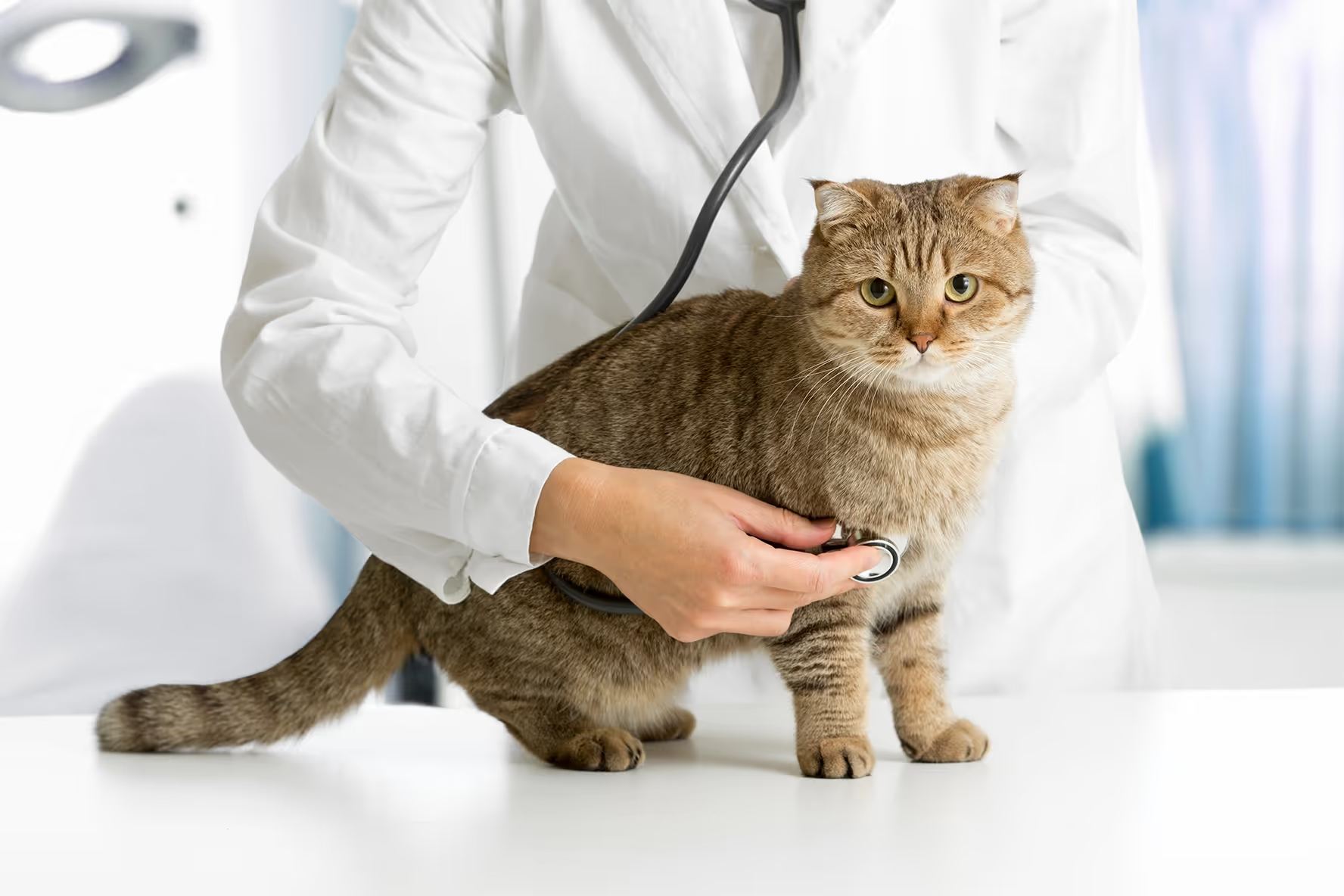
Choosing a treatment for your dog’s lymphoma can be tough. The CHOP protocol, a common chemotherapy regimen, offers a 50-95% remission rate. Weighing your pet's health, quality of life, and budget helps determine the best path forward.
The most effective treatment for canine lymphoma is a variation of the CHOP protocol. CHOP is a multi-agent chemotherapy protocol that uses 4 different drugs—Cyclophosphamide, Doxorubicin Hydrochloride (sometimes called Hydroxydaunomycin), Vincristine sulfate (brand name OncovinⓇ), and Prednisone. Each of these drugs affects the cancer cells differently, and alone they are strong drugs, but together they work to tackle the cancer from every direction, which in turn gives your pet a better chance of getting into remission.
More than likely, your vet will recommend trying out the CHOP protocol as your dog’s first treatment plan, so what should you expect?
Why is CHOP the go-to?
Veterinary oncologists have found the CHOP protocol to be the most reliable way to treat canine lymphoma because the combination of drugs works cooperatively to kill the cancer cells in different ways. While one drug may limit the energy source for the cells, another will simultaneously work to kill off the cells before they can continue to multiply.
CHOP has become the “Gold Standard” treatment for canine lymphoma because it is highly effective as an initial treatment (and can be effective as a rescue protocol), for both B- and T-cell lymphomas. B-cell lymphoma is more commonly seen than T-cell. CHOP is usually modified in T-cell lymphoma cases by switching out some of the CHOP drugs that work better for T-cell lymphomas.1
Each patient usually relies on the oncologist's estimation of what dosages will be the most effective for treatment, but there is an option to talk with your vet about getting a more personalized treatment plan. We’ll talk more about that at the end of the post.
How much will CHOP cost?
There’s no way to say for sure exactly how much your dog’s treatment will cost because there are a lot of factors that determine the price: your location, your dog’s weight, the stage of their cancer (1-5), etc.2
While there’s no way for us to tell you the exact amount that you may end up spending to treat your pet, we can let you know some ranges to expect. Depending on the drugs and dosages, the price of chemotherapy medicine can range anywhere from $150 to $600 per dose.
In most cases, your dog’s treatment plan will be charged on either a dosage or a monthly basis.
Cost is often a major factor for pet parents, and unfortunately, the cost of treatment is not dependent on how cute your pet may be. That being said, there are a number of financial support opportunities online, and some pet insurance companies will help to cover chemotherapy treatments
We go into more detail on financial support in this blog and more into the cost of treatment here.
How does CHOP treatment work?
As with most things related to cancer treatment, a lot of the specifics are based on the individual patient. So while we won’t be getting into how often you’ll be going to your vet versus giving medicine at home, we can go into some of the expectations for treatment at the vet versus treatment at home.
Chemotherapy treatment at the vet
Whether it’s your first chemotherapy appointment at the vet or the 10th, you can expect the visit to follow a pattern.
On arrival for each visit the doctor or hospital will ask you to fill out a form informing the oncology team of how your pet felt or is feeling since the last visit. Every chemotherapy visit will start with a physical exam by your oncologist and blood work will be done to make sure your pet is in a safe condition to receive the medicine. Some dogs may need additional diagnostics–urinalysis, radiographs, or chemistry profiles—for the vet to be totally sure that the chemotherapy will not have any unexpected side effects.
The oncologist or one of their nurses will administer the drug, either with a needle and syringe or orally, and send you home (often with drugs to help your pet manage side effects such as an anti-nausea drug).3
Chemotherapy at home
If your dog is prescribed an oral-based chemotherapy drug, you may be given the option to administer it at home yourself with several safety precautions in place. Not every patient will have the option of receiving chemotherapy at home, though most can have the steroid portion of the CHOP protocol at home (prednisone). Not every pet parent will have the opportunity to give their dog a treatment at home, and if you are one that is offered, make sure you feel comfortable with it. If you aren’t comfortable giving the medicine at home there’s no problem with bringing them in to the vets office.
If you are one of the pet parents who is able to give oral medicines at home, be sure to pay close attention to what your vet says about administering it. Most chemotherapy drugs are toxic when not being used as treatment, and there are set procedures you need to follow to keep you and anyone else living in your home safe from them.4
Oral chemotherapy drugs should not be split, divided, or crushed. When administering the medicine, you will need personal protective equipment. All of this information will be discussed with your oncologist, and they will happily answer any questions that you may have.
If at any point in your home treatment you have questions don’t hesitate to contact your vet. If you don’t feel confident treating your pet yourself, talk to your vet about other options. It’s important you feel as comfortable as possible working through this tough time.
What side effects should you expect from chemotherapy?
Chemotherapy has a lot of stigmas associated with it, but luckily for your dog, a majority of them are human-based side effects. Dogs are actually really tolerant of chemotherapy drugs and their side effects have a tendency to be milder than human patients.
One of the common side effects that pet parents should expect after chemotherapy treatment is stomach problems, hence why your oncologist will send you home with anti-nausea medication. Most commonly a dog will lose their appetite, experience vomiting, diarrhea, and ileus (a loss of muscle control in the digestive tract that looks a lot like constipation).
Your dog may also experience bone marrow suppression, which is part of what the chemotherapy drugs are changing in their system. Bone marrow suppression means that your dog’s bone marrow is not producing new cells temporarily, which helps fight off the cancer cells but can also cause your dog to have some weakness, loss of stamina, and/or rapid heart rate or breathing.
If at any point you find your dog has a fever or is experiencing several of these side effects at once, you should contact your vet or an emergency vet if it is after hours. (Ask your vet how to check for a fever at home if you aren’t positive. You don’t always have to use a thermometer.)5
Of course, side effects are to be expected, so seeing some minor examples of these side effects is not something to worry about. You can always help to limit them with some techniques we go over in detail in our chemotherapy side effects blog.
CHOP protocol in action: Daisy
Daisy is a pitbull and husky mix (a pitsky). Her family found her after they decided to get a new dog that needed help that they could offer. Daisy was in a kill shelter when they met and was able to be rescued by her new pet parents. After living a great life with them for some time, she was diagnosed with lymphoma.
Her treatment, while expensive, was successful in getting her into remission, free of cancer cells. She was diagnosed with a more aggressive form of lymphoma and her owner knew that he had to do something fast. Treating with CHOP was the easiest decision in such a short time frame.
The CHOP protocol brought her into a restful remission for almost a year until she relapsed. Unfortunately, many dogs will relapse at some point after they reach remission, and for those dogs, the treatment that helped them get into remission the first time might not always work the second time.
Thankfully, ImpriMed was a resource that Daisy’s owner decided to order, and using the Personalized Prediction Profile, her vet was able to manage the relapse successfully.
You can read more of Daisy’s story and those of other dogs like her here.
How to be sure CHOP is right for your dog?
For some pet parents, the only option is to trust that their oncologist knows best, or get a second opinion from another oncologist who hopefully agrees with the other one so you can feel more confident.
Others, like yourself, have found ImpriMed and have access to an incredibly valuable resource that will take out the guesswork for your oncologist. There’s no need for trial and error, and no need to worry about if or when the treatment will work.
ImpriMed is a precision medicine company that will help your oncologist treat your dog based on your dog’s cancer. ImpriMed uses your dog’s live cancer cells to find the best drugs possible to treat your pet as efficiently as possible. And we provide a Personalized Prediction Profile which gives you a clearer picture of when you can expect to reach remission in your treatment (making budgeting a lot less complicated).
Find out how you can get your vet involved with ImpriMed today.
REFERENCES:
- https://www.imprimedicine.com/blog/chemotherapy-treatment
- https://pubmed.ncbi.nlm.nih.gov/31868632/
- https://www.ethosvet.com/blog-post/chemotherapy-2/
- https://www.bsavalibrary.com/content/formulary/backmatter/canine-and-felinechemotherapyprotocols
- https://www.imprimedicine.com/blog/side-effects
- https://bmcvetres.biomedcentral.com/articles/10.1186/s12917-019-2189-x


